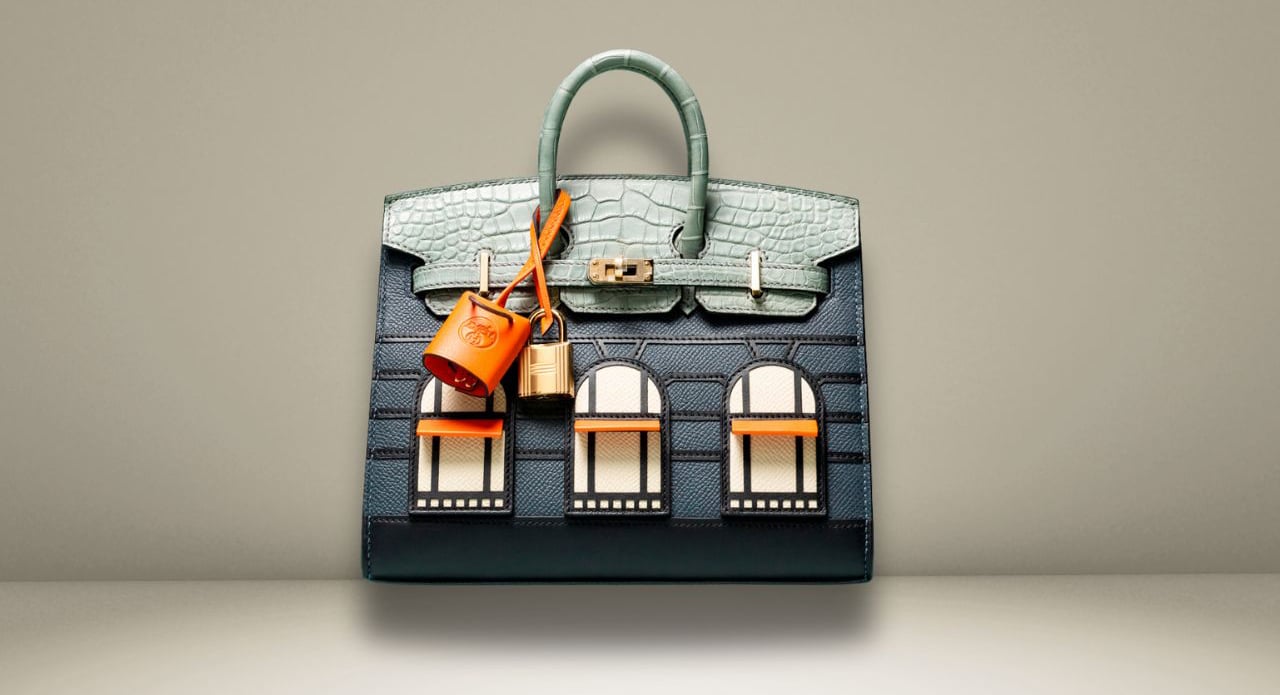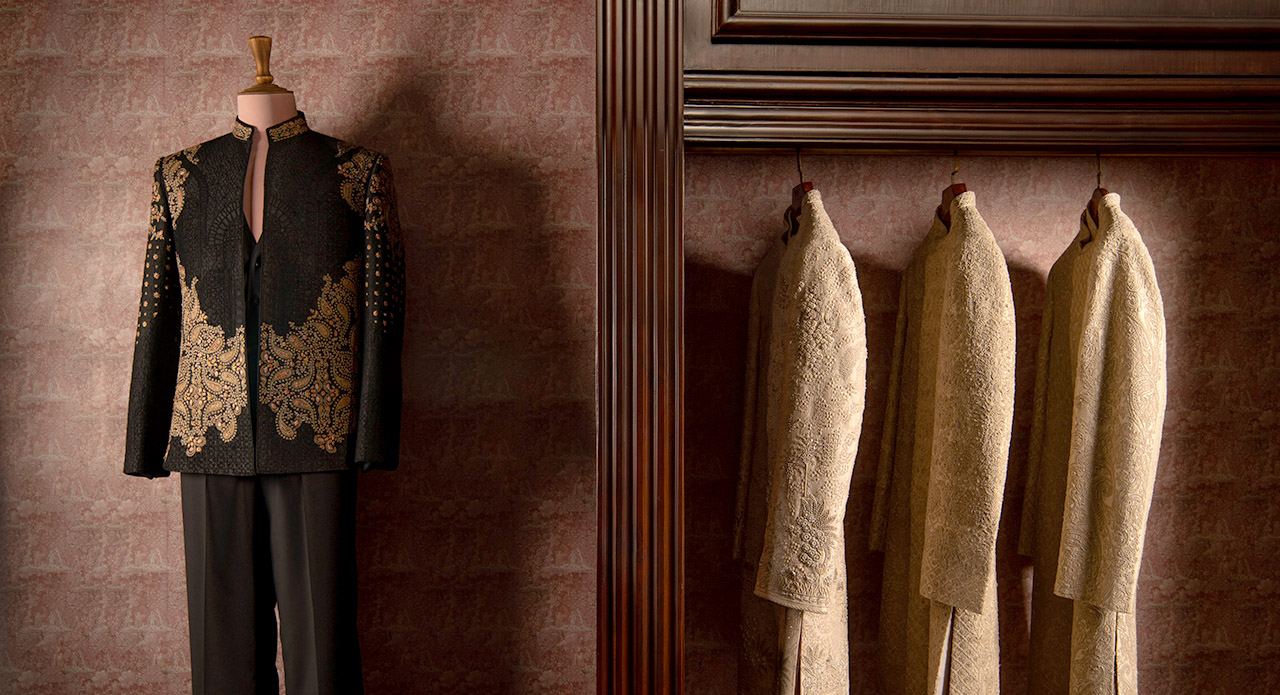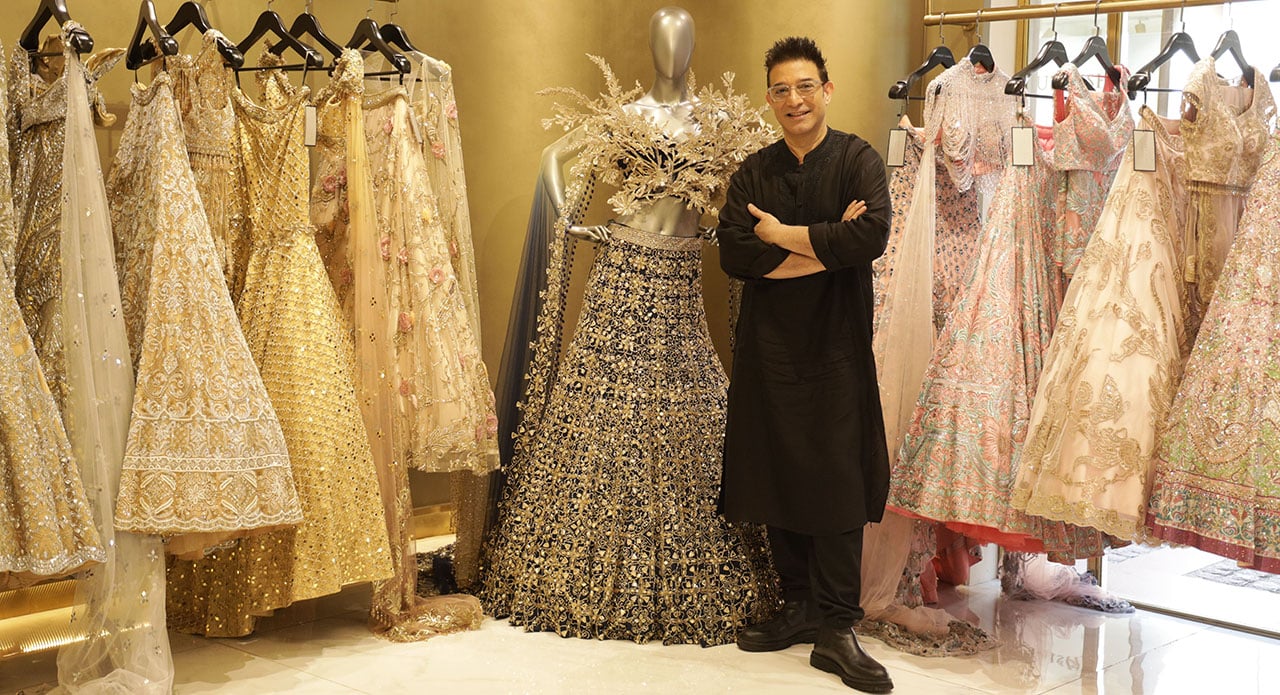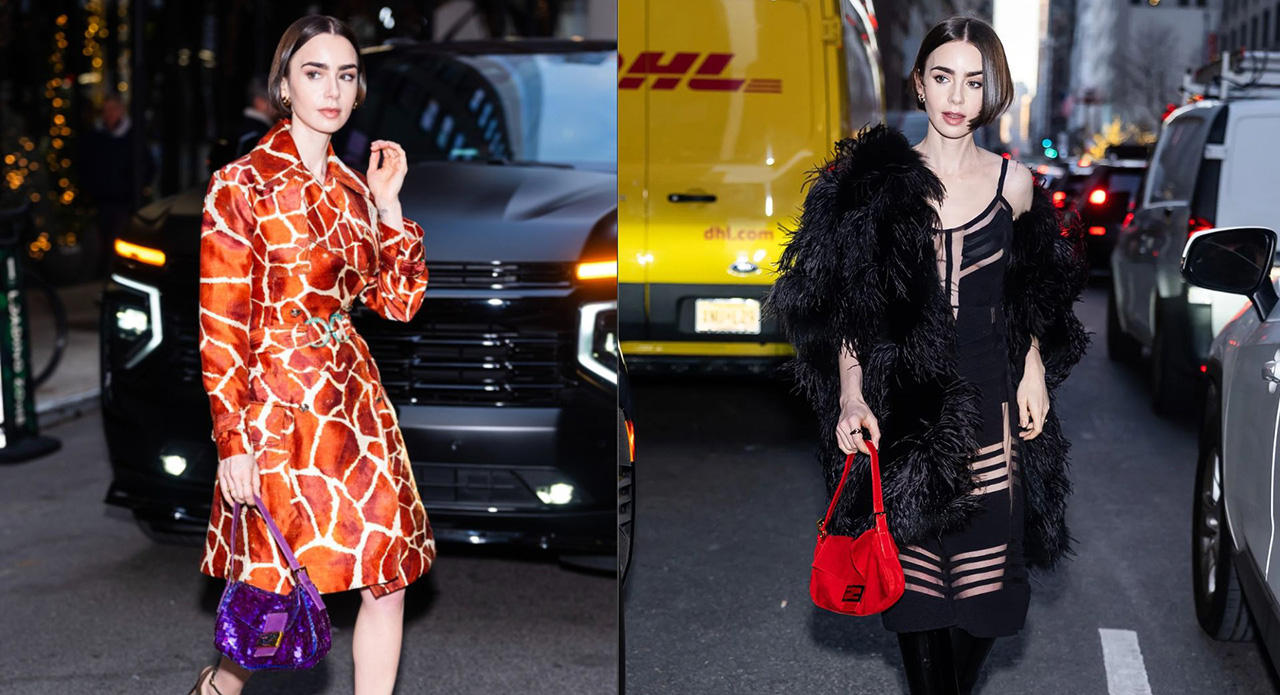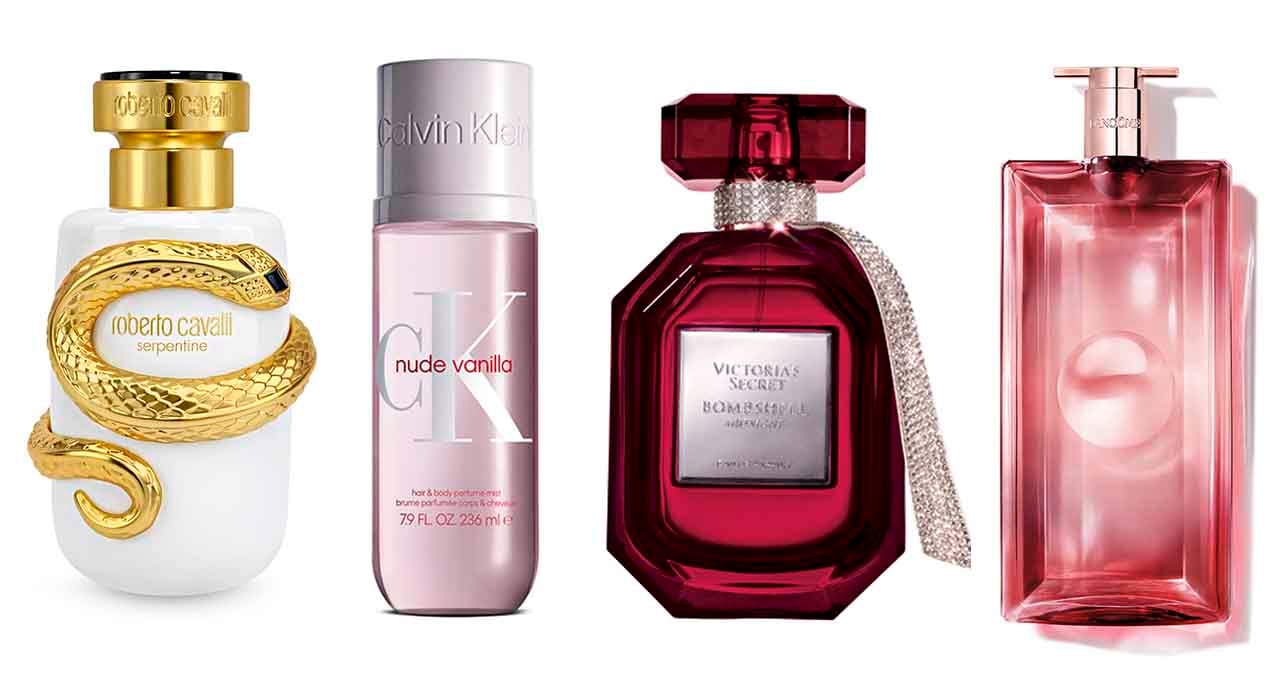In 2012, Jaypore started as an e-commerce brand focused on traditional Indian textiles and handicrafts. Thirteen years later, the brand’s vision and mission has stayed the same but the business has changed. Today, Jaypore plays a key role in the evolution and innovation of traditional textile crafts in India. They have collaborated with 30+ artisanal clusters across India, curating an extensive range of handcrafted textiles, jewellery, and home décor.
“Evolving traditional Indian textiles, handlooms, and handicrafts is not just about preserving heritage—it’s about ensuring their relevance in today’s world. By blending tradition with modernity, we create timeless pieces that celebrate India’s rich craftsmanship in a way that resonates with today’s discerning consumers. We believe in reinterpreting artisanal crafts through contemporary design, making them accessible to a new generation while honouring the skill and legacy of our artisans,” says Radhika Chabbra, Creative Director of Jaypore. This includes block printing techniques such as Dabu, Bagru, Bagh, Ajrakh, and more. They also work with artisanal clusters specialising in Dokra. Chabbra is very keen on developing partnerships with Kashmiri artisans and weavers of the Northeast.

Sitting at the Udaipur-based Dabu workshop, Aavaran, Chabbra shares how they’ve worked with Alka Sharma, founder of the former, since 2016 with the intent of reviving the block-printing technique. In true collaboration, Jaypore and Aavaran teams sit together to understand trend forecasts and deliberate on what will work best for the new fashion season. Clockwork precision is crucial since traditional techniques and natural dyes are the heart of Dabu’s mud-resist block-printing technique, leaving the brand susceptible to the vagaries of nature. Monsoons in India bring traditional textile work to a grinding halt due to the inability to dry fabrics under the crisp heat of the sunlight. For indigo dye, for instance, oxidation and sunlight play a critical role in the emergence of the brilliant blue hue, impossible in overcast conditions.

For the current Dabu collection, Jaypore has worked with Sharma’s team to use Indian madder or manjistha to infuse red and myrobalan or harad for yellow in Dabu process combined with contemporary designs. “Alka and her team’s willingness to try and experiment on different fabrics, colours and designs helps us keep our edge over the competition. You will not see the regular prints, only differentiated stuff over here,” Chabbra adds. For example, Aavaran and Jaypore collaborated to create a Dabu collection featuring corduroy, although the most significant achievement for both was the upcycled collection. Sharma shares that different fabric pieces in the same colour, which are scraps from other collections, were stitched together to create a brand-new piece of garment. “It’s a way of using fabrics such as cotton, Chanderi and linen that would get trashed or make home décor pieces,” says Sharma. In fashion retail, where it is all about consistent designs and styles, even the smallest discrepancy lands a garment in the reject pile. Jaypore worked a collection where no two pieces were ever going to be the same.

From a pureplay e-commerce, Jaypore opened storefronts in metro cities of Delhi and Bengaluru in 2017 and 2018, respectively. For a brand that aims to champion Indian craftsmanship, this pivot boosted visibility for Jaypore allowing better sales conversion. This is the potential Aditya Birla Fashion and Retail Limited (ABFRL) saw in Jaypore and 2019, acquired the brand. Today, tapping into the Indian retail behemoth’s strength Jaypore has opened 29 exclusive stores pan-India. In 2023, they revamped their website and today they are also available on leading e-commerce marketplaces like Myntra. “This multi-channel presence ensures that Jaypore’s exquisite craftsmanship reaches a discerning audience across various touchpoints,” says Manu Gupta, Vice President and Brand Head for Jaypore.
View this post on Instagram
But the world of retail fashion is quickly changing, with international brands making a foothold in India and established Indian brands growing quickly, which includes Jaypore’s sister companies at ABFR. This does not worry Jaypore. Chabbra describes the brand as ‘bridge to luxury’, with price points starting at INR 2990 that can go up to INR 30000 or more.
The biggest hurdle, though, is consumer awareness and education. Many find the prices for Jaypore products prohibitive because there is a lack of understanding about the long, labour-intensive process that a piece of handloom fabric goes through before becoming a garment. The market is also flooded with machine-made garments that imitate handloom and block-printing work flawlessly, further depreciating the value of traditional Indian textiles. “We started spending time on packaging,” Chabbra says as a way to mitigate the challenge. These cards share in great detail the kind of textile and craftsmanship a garment features, the benefits to artisans and the emotional gains of the consumer as a patron.
“Jaypore has long been a champion of Indian craftsmanship on the global stage,” adds Gupta. The brand is strengthening its global e-commerce presence and, in the future, exploring strategic opportunities for offline stores in international markets, ensuring that the essence of Jaypore’s artisanal craftsmanship reaches an even wider audience. The approach must be carefully measured because it is neither a mass-market fast-fashion brand nor a boutique brand. A predicament whose solution will emerge as they incorporate more Indian handloom and textiles into their offerings.




